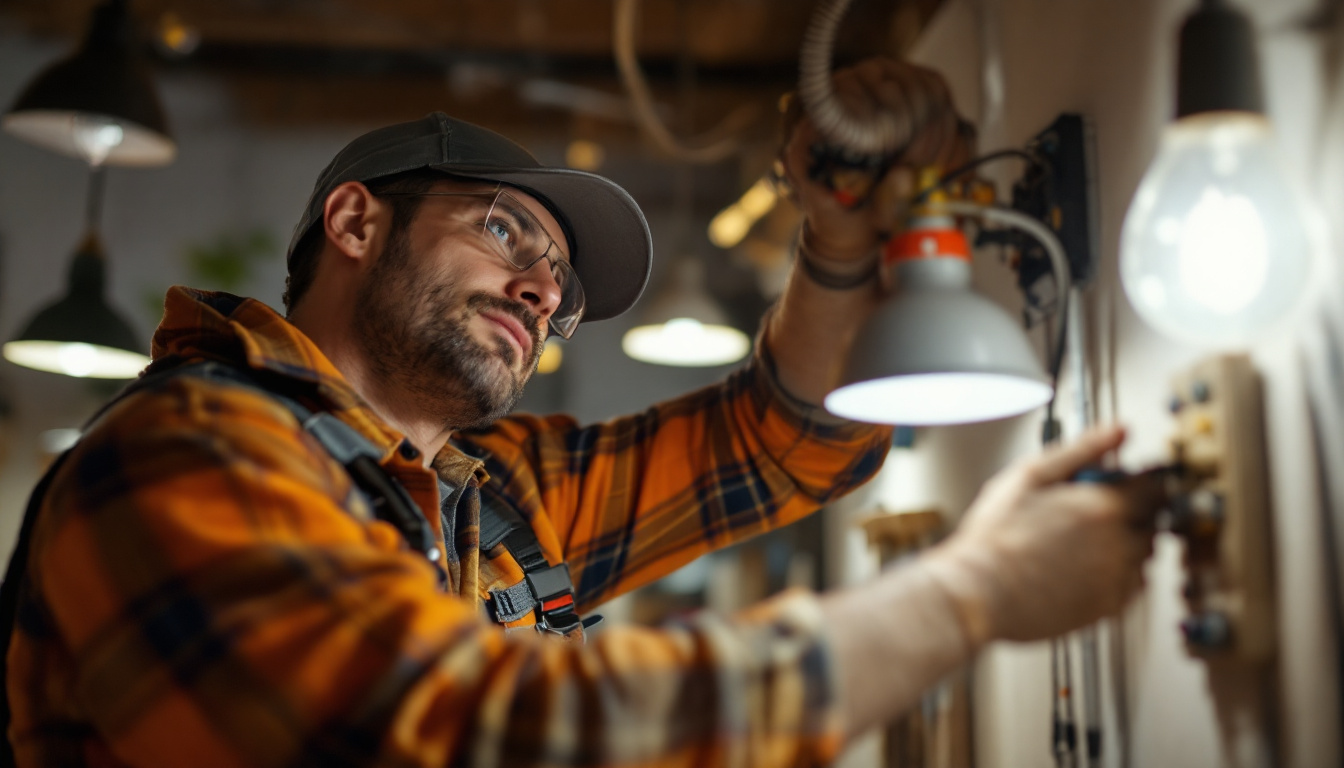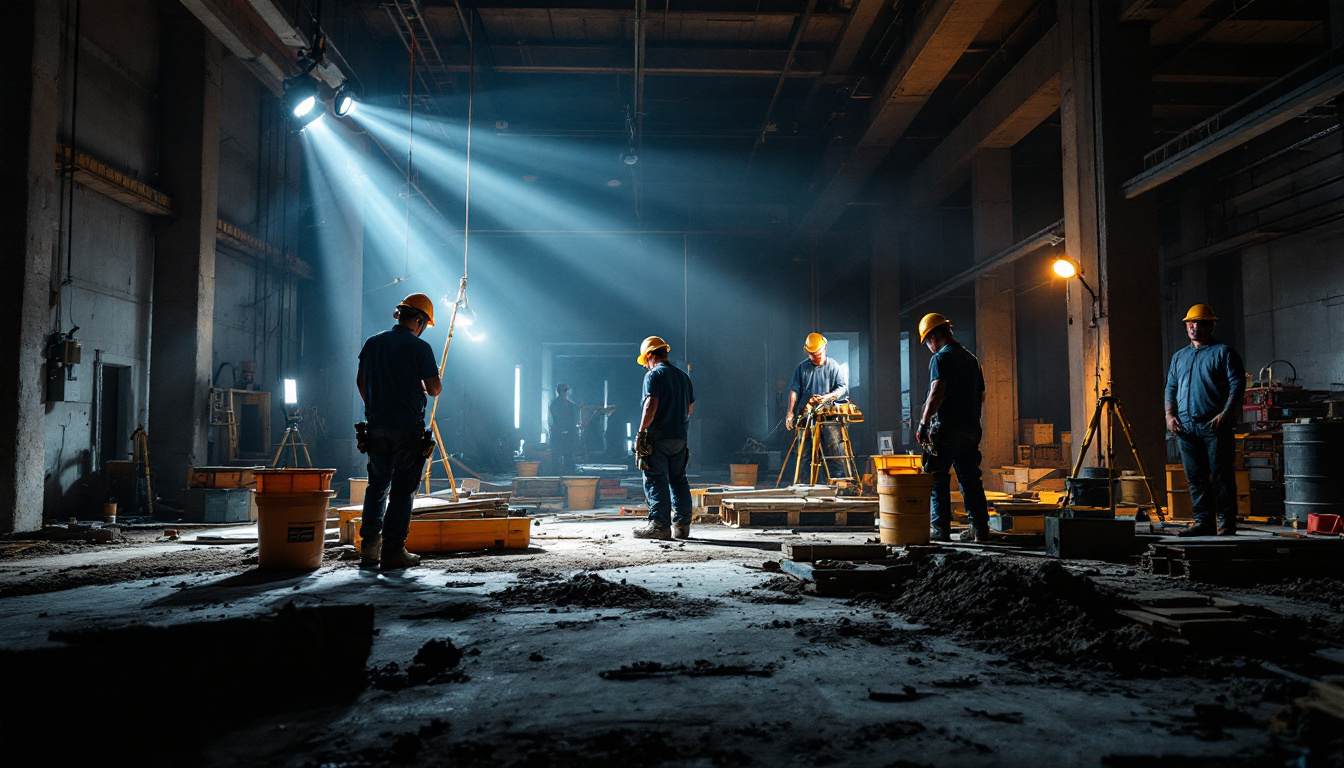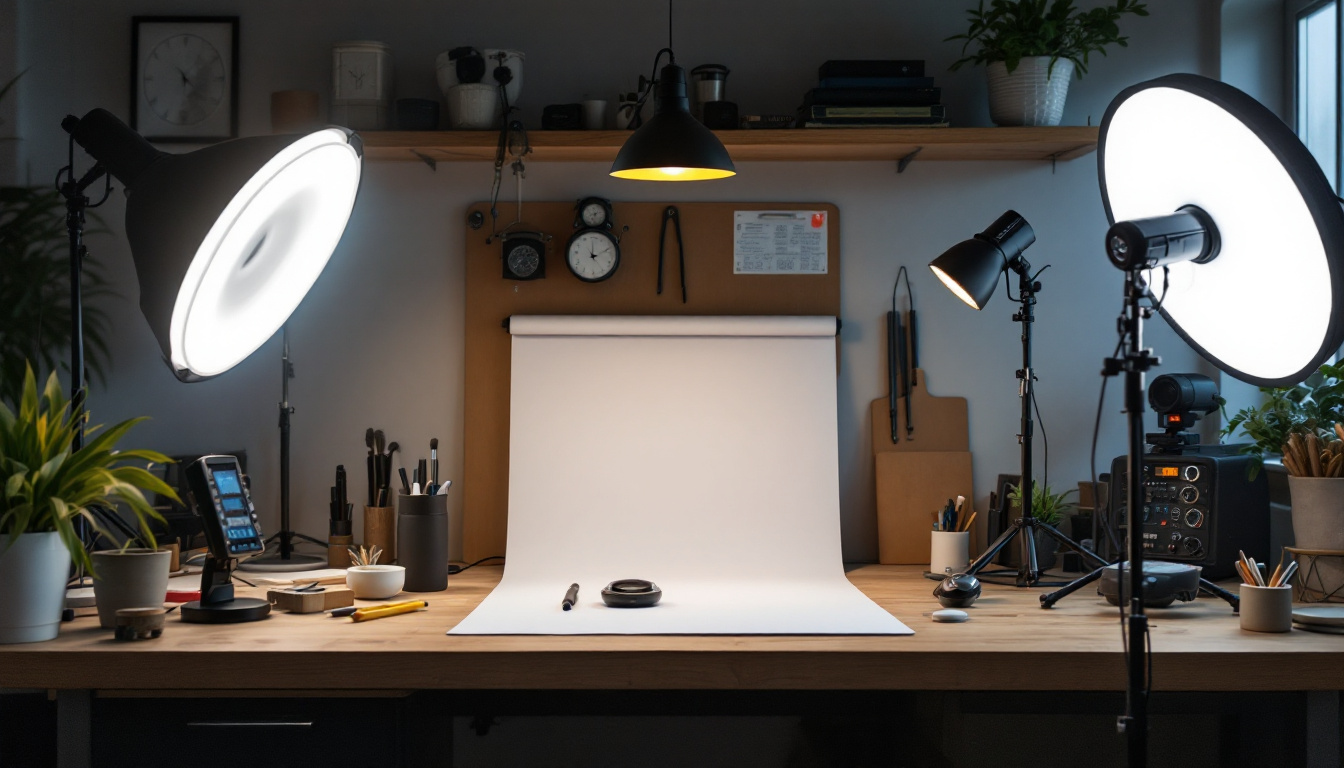
In the ever-evolving world of lighting design and installation, understanding the nuances of pendant light brackets can significantly enhance a team’s efficiency and craftsmanship. As a lighting contractor, training your team in the intricacies of lighting installation is not just beneficial; it’s essential. This article delves into effective training methods and best practices for ensuring your team is well-equipped to handle pendant light installations with confidence and skill.
Pendant light brackets serve as a crucial component in the installation of pendant lighting fixtures. They provide the necessary support and stability for hanging lights, ensuring they are securely fastened and aesthetically pleasing. Familiarizing your team with the various types of brackets available, their specific applications, and installation techniques is the first step in effective training.
There are several types of pendant light brackets, each designed for different applications and aesthetics. Understanding these variations helps your team make informed decisions during installations. Common types include:
By equipping your team with knowledge about these types, they can select the appropriate bracket for each project, ensuring both safety and style. Additionally, it’s important to consider the material of the brackets, as options like metal or plastic can influence both durability and appearance. Metal brackets, for instance, often provide a more robust support system and can complement industrial-style decor, while plastic options might be more suitable for lightweight fixtures in casual settings.
Proper installation techniques are vital for the longevity and safety of pendant lights. Training should cover essential practices such as:
Incorporating hands-on training sessions can significantly enhance understanding and retention of these techniques. Additionally, it may be beneficial to include troubleshooting tips during training, such as how to address common issues like flickering lights or uneven hanging. Understanding these problems and their solutions can empower your team to handle a variety of installation scenarios with confidence, ultimately leading to a smoother workflow and higher customer satisfaction.
Training a team effectively requires a blend of instructional methods that cater to different learning styles. Here are some strategies that can be employed to ensure comprehensive learning.
One of the most effective ways to train your team is through hands-on workshops. These sessions provide practical experience, allowing team members to apply what they’ve learned in a controlled environment. During these workshops, consider the following:
Hands-on workshops not only build skills but also boost team morale and camaraderie, creating a more cohesive work environment.
Utilizing visual aids can enhance understanding and retention of information. Consider incorporating the following resources into your training program:
Visual aids can make complex information more accessible and engaging, enhancing the overall training experience.
Safety should always be a top priority in any training program. Ensuring that your team understands and adheres to safety protocols is crucial for preventing accidents and injuries during installations.
Training should emphasize the importance of using appropriate personal protective equipment (PPE) during installations. This includes:
Encouraging team members to wear PPE consistently can significantly reduce the risk of workplace injuries.
Electrical safety is paramount when working with lighting fixtures. Training should cover essential guidelines such as:
By instilling a strong safety culture within your team, you can help prevent accidents and ensure a safer working environment.
While functionality is crucial, the aesthetic appeal of pendant lighting cannot be overlooked. Training your team to consider design elements can elevate the quality of their work and satisfy client expectations.
Incorporating design principles into training can help your team make informed decisions about lighting placements and styles. Key principles to cover include:
By understanding these design principles, your team can contribute to creating spaces that are not only functional but also visually appealing.
Effective communication with clients is essential in the lighting industry. Training should include strategies for consulting with clients to understand their needs and preferences. Key areas to focus on include:
Strong client consultation skills can lead to better project outcomes and increased customer satisfaction.
The lighting industry is constantly evolving, with new technologies and trends emerging regularly. Encouraging continuous learning within your team is vital for maintaining a competitive edge.
Training should not be a one-time event. Establishing a culture of continuous learning can keep your team informed about the latest trends and technologies. Consider the following strategies:
By fostering a culture of continuous learning, your team can stay ahead of the curve and deliver high-quality installations that meet client needs.
Creating an environment where team members feel comfortable providing feedback can lead to improved training programs and overall performance. Consider implementing the following:
Encouraging feedback not only improves training but also boosts team morale and engagement.
Training your team in pendant light bracket installation is a multifaceted process that requires a blend of technical knowledge, safety awareness, and design principles. By implementing effective training methods, emphasizing safety protocols, and fostering a culture of continuous learning, lighting contractors can ensure that their teams are well-prepared to tackle any installation challenge. Ultimately, a well-trained team not only enhances the quality of work but also contributes to a positive client experience, paving the way for future success in the lighting industry.
Ready to elevate your lighting installations with the highest quality brackets and fixtures? Look no further than LumenWholesale for all your lighting needs. We provide contractors with spec-grade lighting products that combine quality and affordability, ensuring your projects shine without breaking the bank. Take advantage of our unbeatable wholesale prices and free shipping on bulk orders to optimize your team’s performance and client satisfaction. Visit LumenWholesale now and discover the perfect blend of quality, affordability, and convenience for your next lighting project.

Discover the key questions lighting contractors frequently encounter about electricity outlets.

Discover why lighting contractors should prioritize construction lighting in their projects.

Discover expert tips and essential resources from top lighting contractors to master the art of hanging light fixtures.

Discover the ultimate guide to UFO shop lights with our essential checklist tailored for lighting professionals.